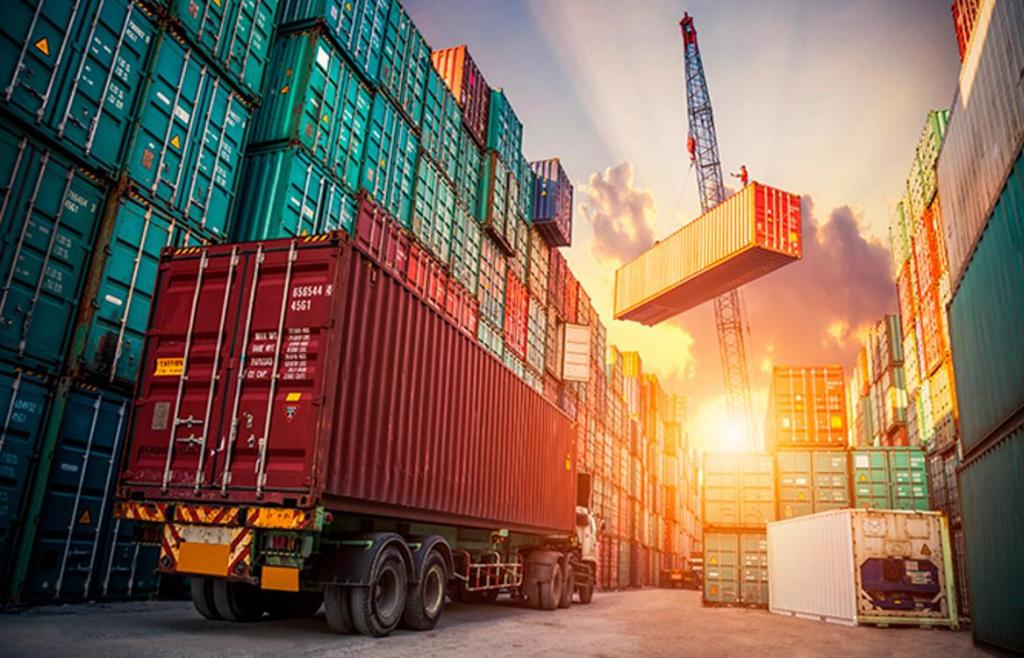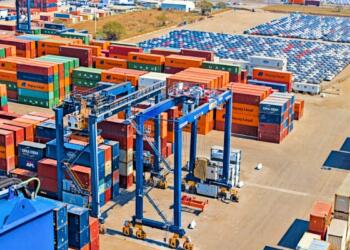
In the last three years, it has been observed that Mexico’s economic growth has been above its historical average and has exceeded the expectations of various analysts. According to the Secretary of Finance and Public Credit (SHCP), Rogelio Ramírez de la O, this trend is expected to continue for this year and the next.
“This is due to the room the economy still has to recover its pre-pandemic trend and the addition of physical production capacity and the momentum generated by the nearshoring of companies,” said the official during his participation in the 2024 National Meeting of BBVA Regional Advisors.
He detailed that announcements of investment by international companies allow us to anticipate that during 2024 and 2025, Foreign Direct Investment (FDI) could exceed the 2023 figure, which totaled $36.058 billion and represented a 2.17% increase compared to 2022.
In this context, various companies have strengthened and maintained their growth pace, such as Traxión, which has continued its development, a trend expected to continue until the end of the year.
In an interview with T21, Alejandra Méndez, Director of Communication and Public Relations at Traxión, shared that with the nearshoring wave, many opportunities are opening up for the logistics industry, opportunities that the company has been able to capitalize on.
“For the past couple of years, we have benefited from nearshoring because we have seen the arrival of new companies not only of Chinese origin but also American and European ones, but we have also noticed the growth of Mexican companies. All of them see the opportunity to develop and thus bring their supply chains closer to their final consumer, which in many cases is the United States. We are taking advantage of this to expand our logistics services,” said the company’s spokesperson.
Méndez detailed that Traxión has significant operations in international transportation, with the Bajío-Laredo route being one of the most important in exports to the northern neighbor, where Traxión is operating with the greatest dynamism. This is relevant as Mexico has positioned itself as the main trading partner of the United States.
While the opportunities are significant, Méndez admitted that there are situations in Mexico that can become bottlenecks if not resolved, such as energy and water supply, land availability, infrastructure, among others. However, she emphasized that, given the magnitude of the impact of nearshoring in Mexico, these complexities are being resolved.
At the same time, challenges within the company include trained talent, mainly operators for motor units. “Another challenge we have as a logistics industry is the environmental issue. To address this, at Traxión, we have a solid mobility strategy with clear goals for the present and future to mitigate environmental impact,” she said.
For 2024, the company’s plans include increasing its fleet of passenger mobility, with plans to acquire between one thousand and one thousand five hundred buses. Regarding its cargo division, the project involves fleet renewal, while also seeking to strengthen its Traxporta division.
“This year, the capex is allocated to the acquisition of buses to take advantage of nearshoring opportunities and to have the necessary capacity and infrastructure. On the other hand, we want to continue strengthening our presence in international trade in the field of international cargo,” Méndez explained.















